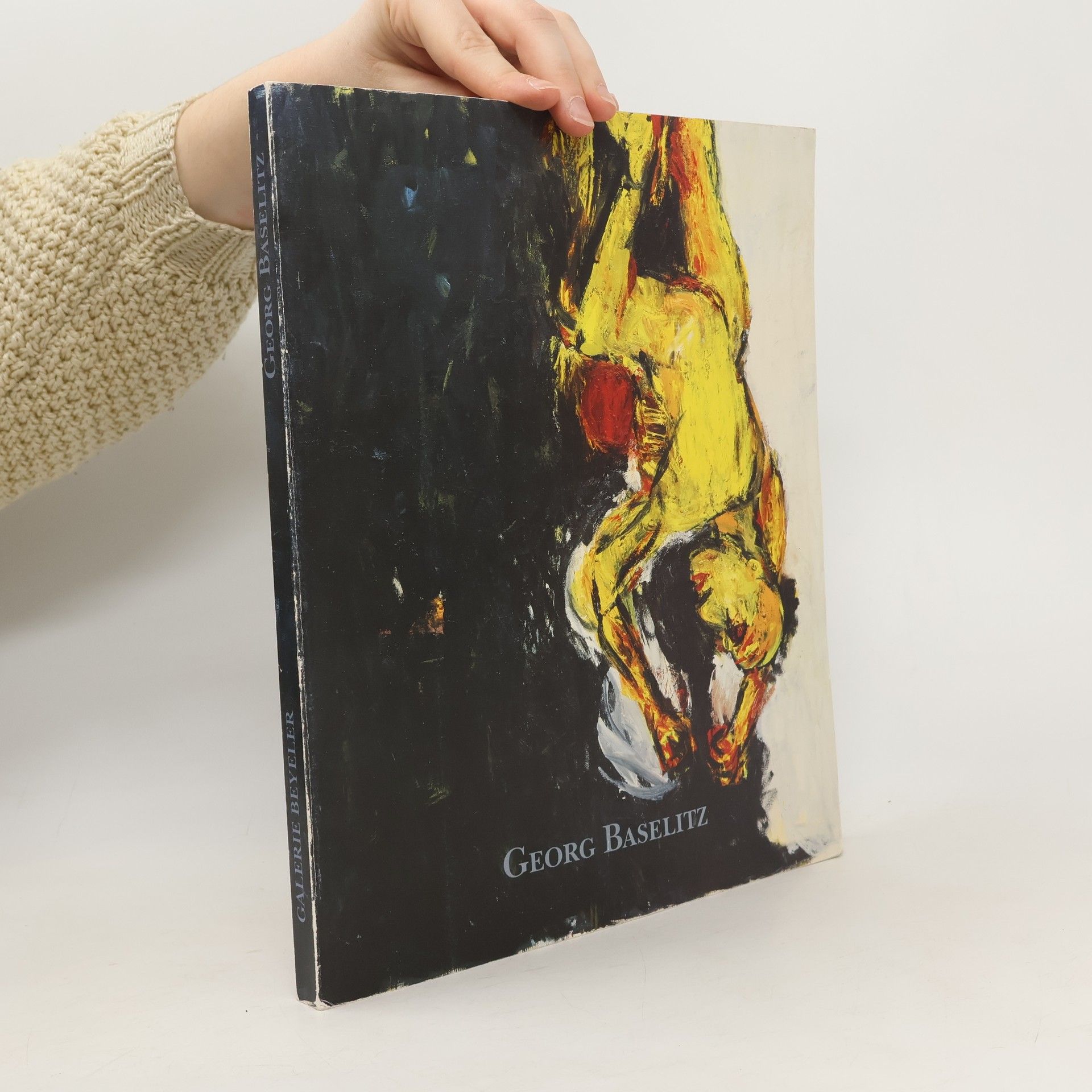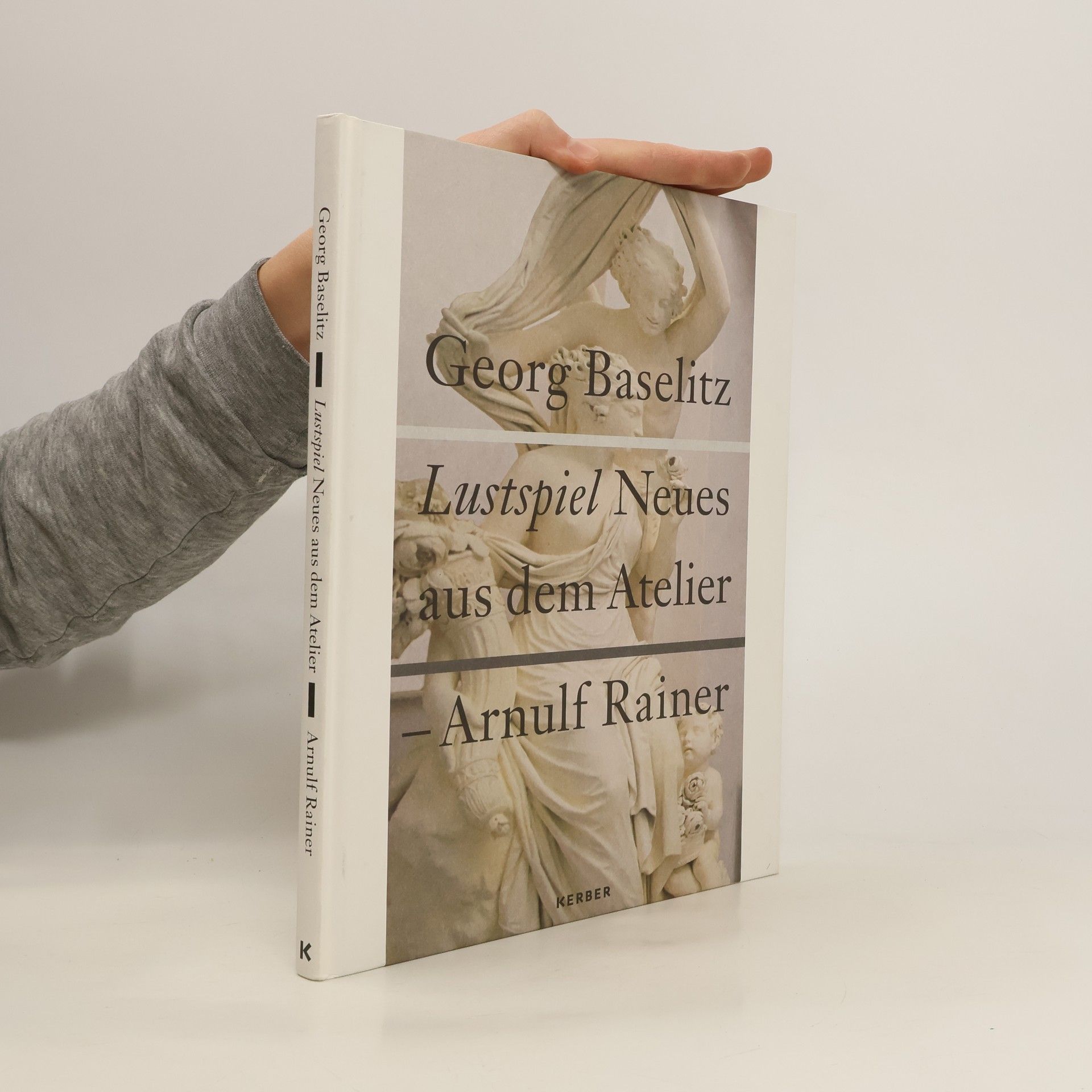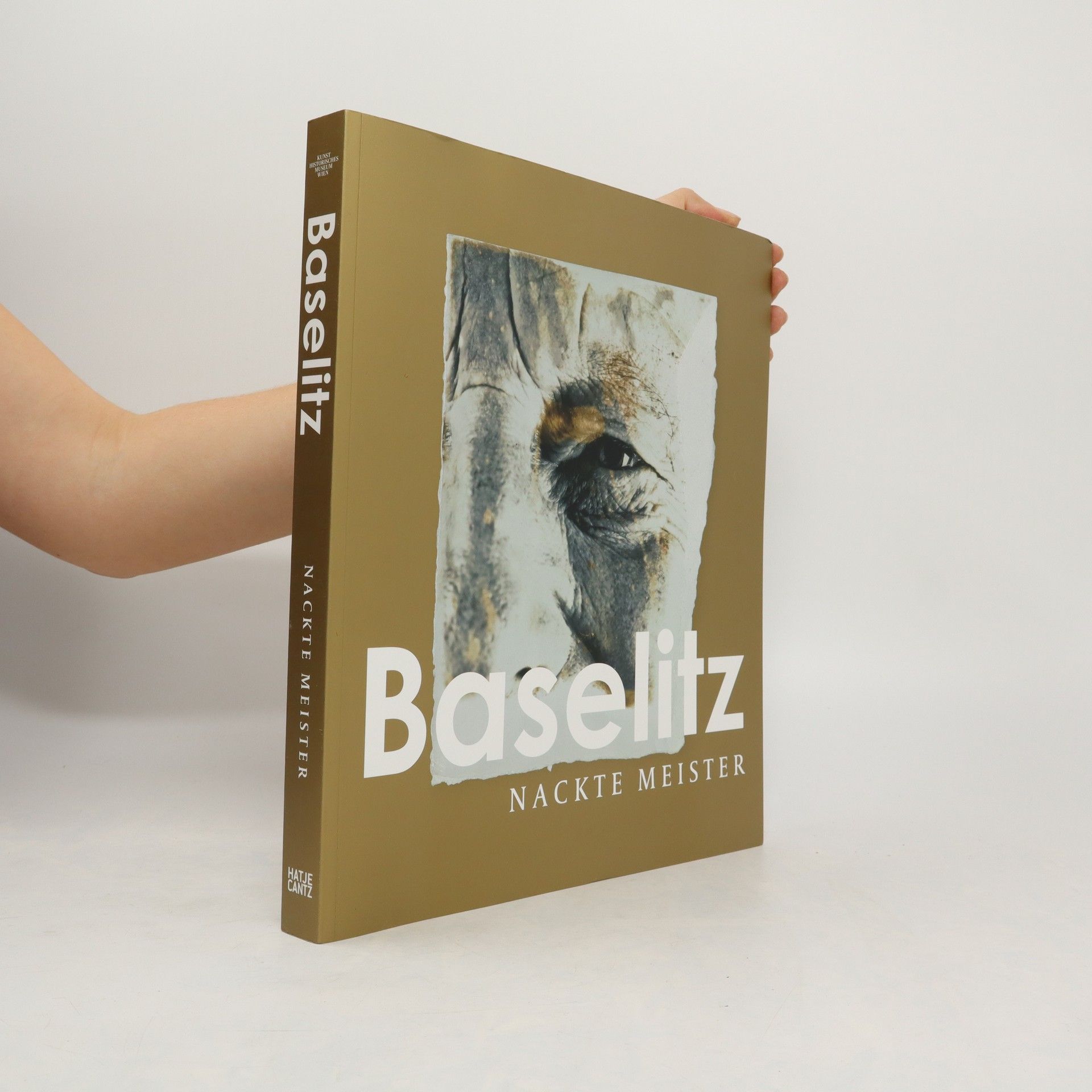Picasso’s granddaughter introduces readers to a sublime selection of the artist’s erotic masterpieces, brought together in this lush and elegant volume. Pablo Picasso lived life as he painted it—with sensual energy and abandon. Nearly every woman whom he loved has been immortalized in his work, from the playful nudes of his early years to the classical representations twenties and the more frankly sexual paintings that crowned his career. With mesmerizing color and an appealing design, this chronologically arranged volume follows Picasso’s artistic development as expressed in more than ninety erotically charged works. Exquisitely reproduced paintings and etchings such as Salomé Dancing Nude in Front of Herod, Demoiselles d’Avignon, and the famous Pisseuse are displayed alongside fragments from Picasso’s love letters and his revealing observations about the role of sensuality in his life. Diana Widmaier Picasso comments on her grandfather’s amorous adventures, offering intimate revelations and insights that transform this beautiful book into a personal reflection of one man’s consuming passion.
Georg Baselitz Boeken
Georg Baselitz staat bekend om zijn diep expressieve benadering van schilderkunst en zijn kenmerkende herinterpretatie van de menselijke figuur. Zijn werken worden gekenmerkt door gedurfde kleuren, dynamische penseelstreken en een radicale verkenning van perspectief, waarbij hij zijn onderwerpen op ongebruikelijke wijze ondersteboven afbeeldt. Deze bewuste artistieke keuze dwingt kijkers hun gebruikelijke waarneming van een beeld te heroverwegen, waarbij de focus verschuift naar de formele elementen en de intrinsieke inhoud in plaats van directe herkenning. Baselitz' kunst is diep geworteld in de naoorlogse Duitse samenleving en weerspiegelt zowel persoonlijke ervaringen als bredere culturele en historische verschuivingen.
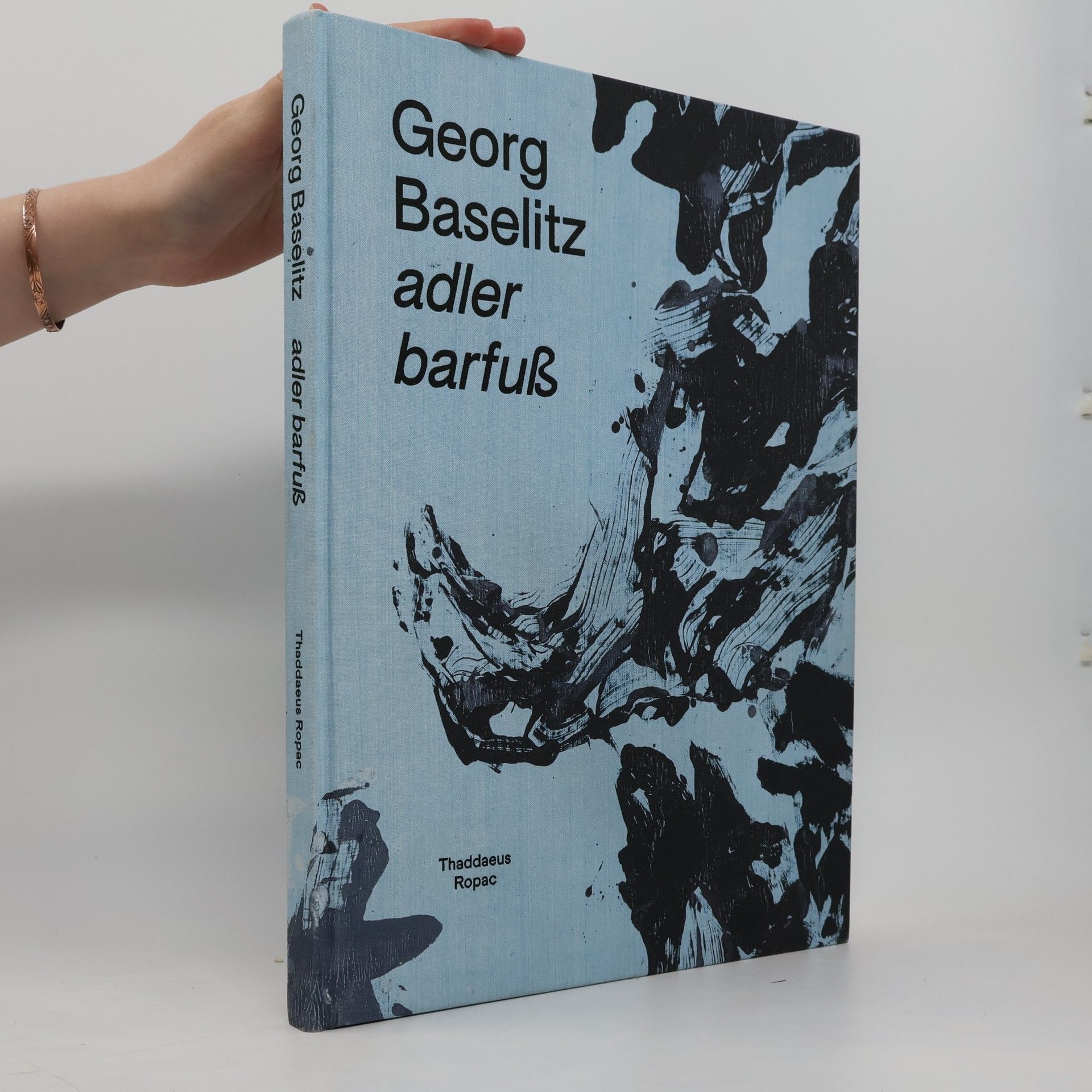



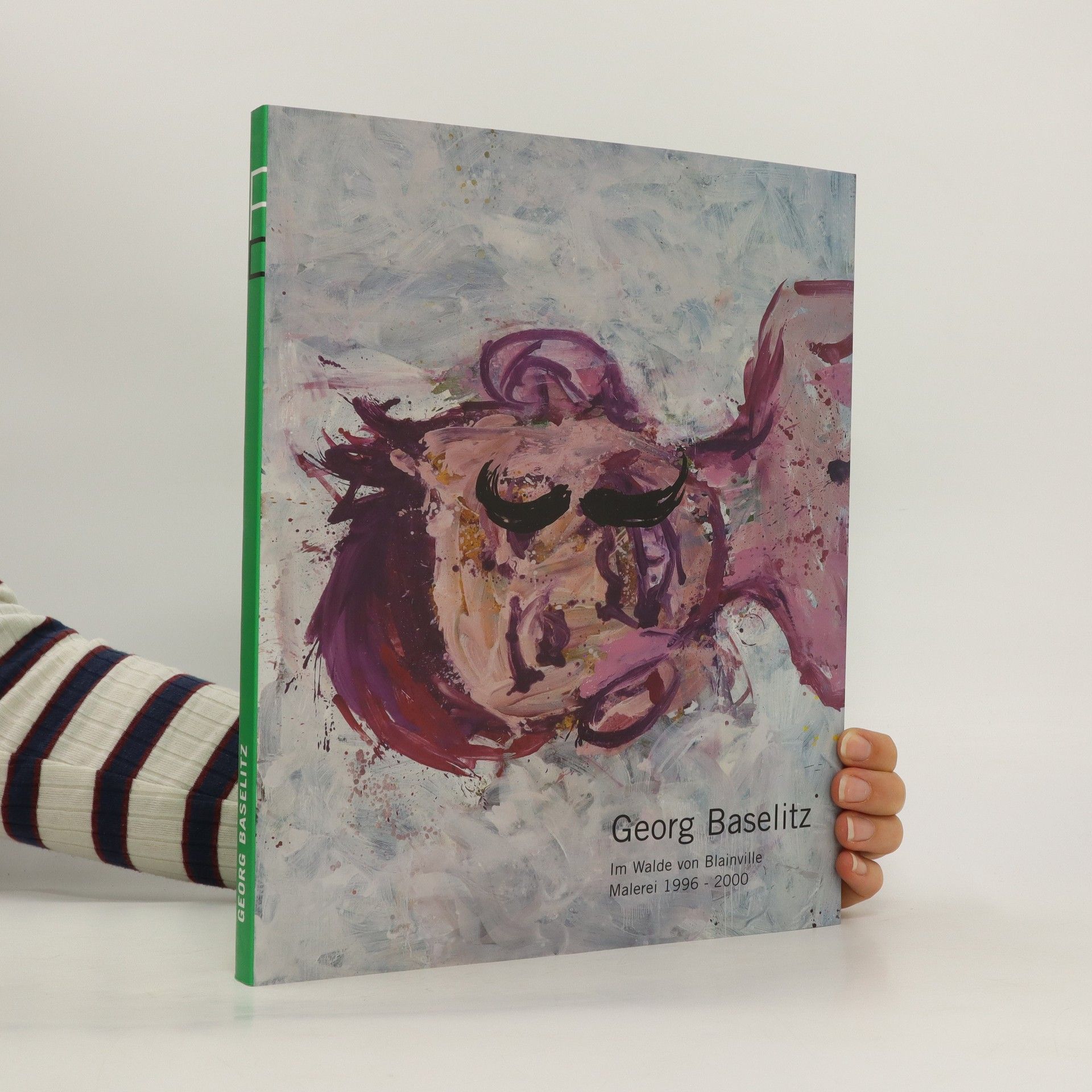

Featuring more than 100 works, including Baselitz's paintings, wood sculptures and engravings, this monograph offers a view of his oeuvre, as well as an insight into the subtle changes that have come to his work as he has matured
Carl Fredrik Hill
- 92bladzijden
- 4 uur lezen
Text mainly consists of correspondence between Strindberg and the artist and a biography of the artist (by Sten Åke Nilsson).
Rousseau s Academy by Georg Baselitz There is a remarkable painting in the Picasso room at the Kunstmuseum in Basel: a full-length portrait of Guillaume Apollinaire with his muse, Marie Laurencin. It was Henri Rousseau who painted this wonderful picture. Only I had remembered it as a self-portrait of Rousseau with Madame Rousseau. Marie Laurencin was Apollinaire s muse, Clémence Rousseau was Rousseau s muse. As it happens, Franz Marc painted a portrait of Rousseau for Der Blaue Reiter. And Picasso also had a self-portrait by Henri. There s a quite intimate photograph, taken by André Gomés, of Picasso holding Rousseau s self-portrait in his right hand and the portrait of Rousseau s wife in his left hand. Picasso, that constructor of novel objects and audacious paintings, loved Rousseau, the painter of things in rigidified grace. Even Rousseau s gaze in his self-portrait is stiff, directed at his own work, in which objects that we ourselves are familiar with look different - Gothic, Byzantine, somehow not the way we are used to seeing them. It wasn t just the Egyptian Picasso, other image constructors - Kandinsky, for instance - also had pictures of Rousseau. Vasily had the little canvas The Painter and His Wife (1899). De Chirico drew Picasso and friends sitting beneath Rousseau s self-portrait with palette. And didn t Beckmann paint Rousseau s hot-air balloon and his street? I myself have Rousseau s red lithograph The War (c. 1895), which was also done by Ensor and by Uccello; there s something similar by Böcklin and also by Stefano della Bella. I have painted a lot of portraits of my wife and myself in recent years, many showing us dressed as others - sometimes as my parents, sometimes as Lenin and Stalin, but mostly as Otto Dix s parents. That double portrait of Dix s parents is also in the Basel Kunstmuseum, with another version in Hanover. So it was to be that kind of double portrait of E
An exploration by an artist and writer duo of a fundamental constant in the history of humankind: rage, and its impact on the world. Rage and obstinacy are close relatives--and fundamental categories in the work of both Georg Baselitz and Alexander Kluge. In World-Changing Rage, these two accomplished German creators explore links and fractures between two cultures through two media: ink and watercolor on paper, and the written word. The long history of humankind is also a history of rage, fury, and wrath. In this book, Baselitz and Kluge explore the dynamism of rage and its potential to rapidly grow and erupt into blazing protests, revolution, and war. The authors also reflect the melancholy archetype of the Western hero (and his deconstruction) against the very different heroic ethos of the Japanese antipodes. More powerful than rage, they argue, is wit, as displayed in the work of Japanese master painter Katsushika Hokusai. In this volume, Baselitz repeatedly draws an image of Hokusai, depicting him with an outstretched finger, as if pointing towards Europe in a mixture of rage, wrath, irony, and laughter, all-too-fleetingly evident in his expression. A unique collaboration between two of the world's leading intellectuals, World-Changing Rage will leave every reader with a deeper appreciation of the human condition.
Georg Baselitz, Lustspiel Neues aus dem Atelier - Arnulf Rainer
- 92bladzijden
- 4 uur lezen
Two modern renaissance men pay homage to the medieval tale of Parsifal From Wolfram von Eschenbach's epic of chivalry to Richard Wagner's opera, from the knight as fool to the fool as savior, the story of Parsifal has struck deep chords with artists over the centuries. In this collaboration, Georg Baselitz's studies for a 2018 production of Parsifalat the Munich State Opera (2018) are paired with Alexander Kluge's responses to Baselitz's drawings, through stories in which he filters out individual elements from Eschenbach's epic, such as Parsifal's native wit or the figure of the Knight of the Cheerful Countenance. The result is an ongoing communication conducted over long periods of time: aspects of the Middle Ages can be found in the present. The volume concludes with Tristan Marquardt's text "Excerpts from a Parsifal Lexicon," which shows how far our contemporary language has diverged from Eschenbach's in terms of meaning and sound.
Georg Baselitz im Dialog mit den Alten Meistern: Das Kunsthistorische Museum Wien hat den Maler und Bildhauer zu einem visuellen Gespräch eingeladen. Er selbst traf die Auswahl der Werke, wobei er sich ausschließlich auf den Akt, auf die nackte Figur konzentriert hat. Um diesen menschlichen Elementarzustand - seit jeher zentrales Thema der europäischen Kunst - kreisen Ausstellung und Katalog. Seit seinem Frühwerk arbeitet Georg Baselitz mit einem ausgeprägten kunstgeschichtlichen Bewusstsein, beeindruckt vor allem vom Manierismus und dessen Regelverstößen. In der hier vorgestellten Begegnung der Werke von Georg Baselitz mit historischen Bildern idealschöner Figuren des Kunsthistorischen Museums ergeben sich spannende Einsichten in die Geschichte der Aktmalerei sowie in die Aktualität von Malerei selbst. Der Künstler wirft so grundsätzliche, uns alle betreffende Fragen auf und öffnet in den Begegnungen der Werke einen herausfordernden Erfahrungsraum.
